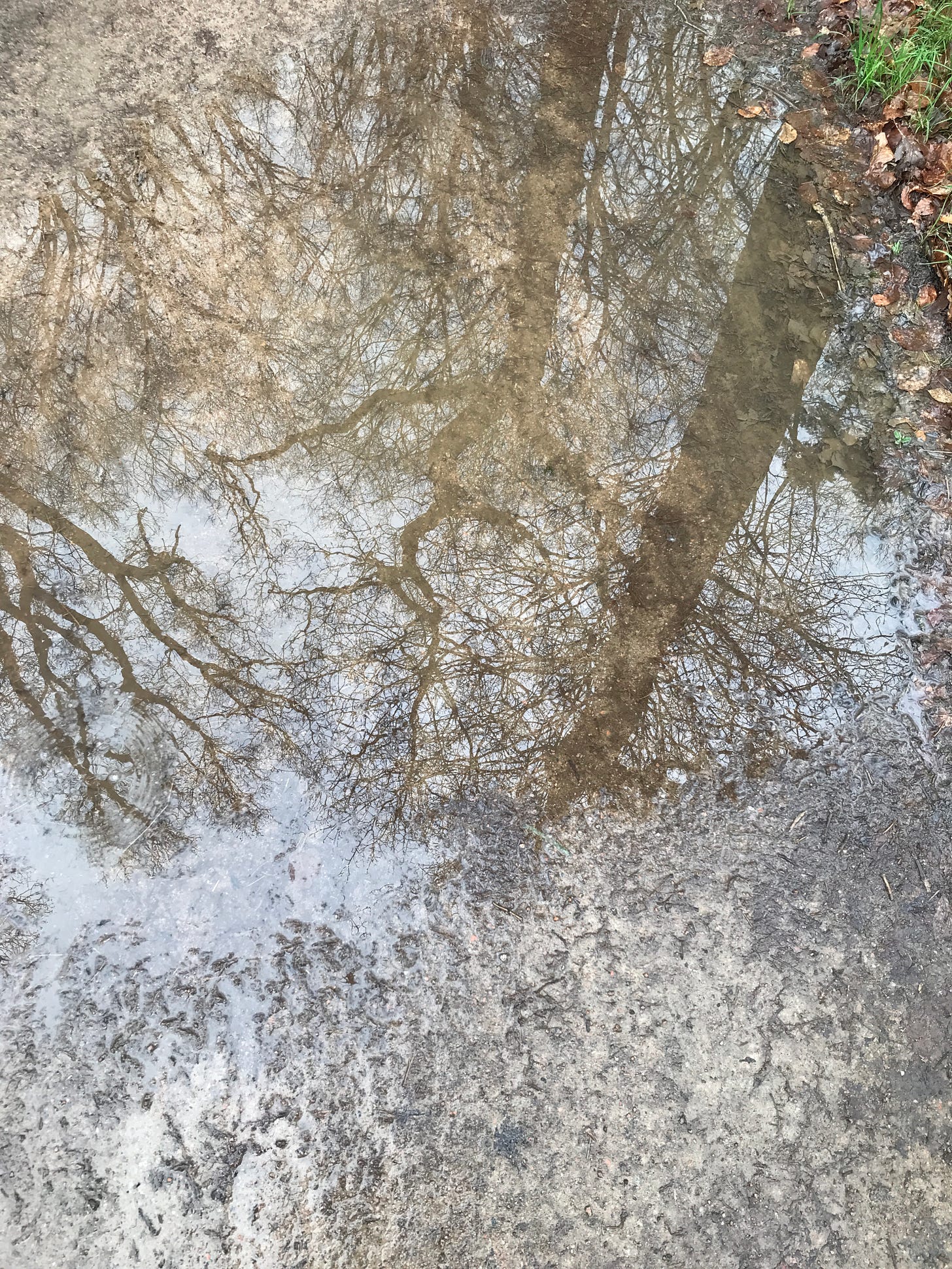THE IMAGE of two identical trigrams: below a Lake, above also a Lake. A lake or a marsh, at least a still water. Not the turbulent water of a mountain stream, or the seething water in a cauldron. Nor the raging water of the surf, or the rushing water of an autumn shower. The surface of this water is perfectly smooth. It does not allow itself to be looked into the heart for now; it reflects right back. Anger reflects back as anger, a question as the next question, a joke as an even better, new joke.
In a lake, life comes to rest - for as long as it lasts. After the frenzy, now is the time of sedimentation. The water brightens, its surface approaching perfection, forming a mirror.
A distant ancestor bent down, looked in the mirror, and saw the reflection of her own face for the first time. Did she immediately recognise this reflection as herself? Or did it take a long time before there was the click. Perhaps it took many generations for a human being to directly recognise himself in the reflection. Again and again, a face sees a face - a face that smiles, then bares its teeth, surreptitiously looks away. A face that then lurks out of the corner of its eye, to see what that other face is doing next. Then standing intently at the other face. Trying to catch those other eyes.
Did this not represent the first human revolution, well before the revolution of agriculture and animal husbandry, that of building cities, and a recent one concerning machines? This was the revolution of self-awareness.
A newborn child opens its eyes and sees light and shadow, and then again and again an unknown face, at least a composition of light and shadow, a shape that only much later gets the name 'face'. That unfamiliar face smells very familiar, by the way. What the nose had long smelled and the mouth had long tasted, what the ears had heard - already in the long months before birth, in the womb - now takes solid form through vision.
The index finger points, the eyes follow: dog, mum, house, duck, dad, moon, spoon. Everything that is pointable is soon given a name, and is thereby perpetuated. The world is created, things are created, recognised and named as new. The whole world? No, a small part of the whole the child cannot see. After the ten thousand things are pointed out, something is left as the last, something to which not the index finger, but the thumb refers back. That is the self.
Like that Parisian painter who deeply hates the Eiffel Tower. One day, a close friend sees him painting on its first floor, sitting behind his easel. I thought you couldn't air or see the Eiffel Tower, says the former. Juste, replies the painter, this is the only place in the city where I don't have to see that awful thing.
First the consciousness of things in the outside world awakens, then the consciousness about the self.

I looked into my daughter's eyes, and she looked into mine. A few months before, she was born. In the first few months of her life, her nose and mouth and skin were central. She did look, but did she see? But that one time it seemed like a veil was lifted and she emerged from her eyes, actually seeing and recognising them. Immediately a first smile appeared.
The miracle of her birth stands alone, cannot be compared to anything. Or maybe it does. That first laugh, the emergence of humour from nowhere. Where on earth did that come from? Looking each other in the eye and one starting to smile and the other following, smiling back.
And if you look even closer, you see your own reflection in the other person's eyes. These are not flat and smooth like the water surface, but round and smooth, and slightly moist. This mirror was always there, long before the discovery of the still water of a puddle.
The hexagram of Chapter 58. Mirror consists of two interconnected lakes. The image of reflection, self-reflection, recognition, self-awareness and humour. No doubt I could make the list longer. The image is a mirror.
to be continued soon ...







